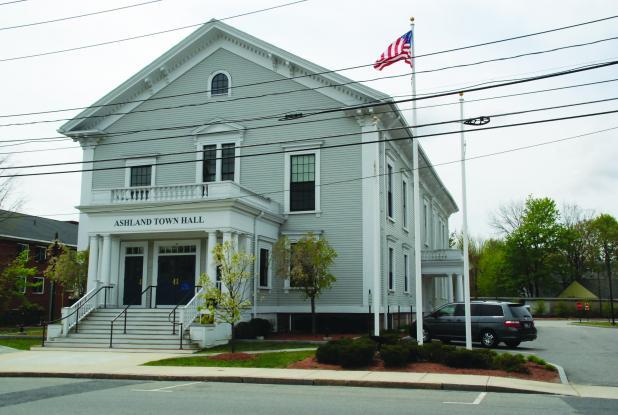About

Ashland
Circulation 7,000
The area now known as Ashland was settled in the early 18th century and inhabited prior to that by the Megunko, to which Megunko Hill owes its name. Previously known as “Unionville,” Ashland was incorporated in 1846, bearing the name of statesman Henry Clay’s Kentucky estate. It is considerably younger than many of the surrounding towns, as Ashland’s territory was taken in near-equal parts from the previously established towns of Hopkinton, Holliston, and Framingham.
The construction of the Boston & Worcester Railroad, later the Boston & Albany, in the 1830s was key to the early development of the town. Along with the Sudbury River, the Railroad helped to attract numerous mills to develop a bustling boot and shoe industry. However, by constructing three reservoirs along the river in 1878, the Boston Water Board inadvertently stymied further growth until the 20th century, most notably by halting the construction of the Dwight Printing Company’s granite mills.
For most of the 20th century, Ashland’s population remained slow in growth, until the post-war boom beginning in the 1950s. During that period, Ashland grew from a far-removed rural town 22 miles (35 km) west of Boston to a primarily residential suburb by the 1980s. Overtime, many farms and open spaces have given way to housing, although some untouched land still remains, including the Ashland Town Forest, Ashland State Park, Warren Woods, and land comprising the beach and dam portions of Hopkinton State Park.
Two major routes, 135 and 126, pass through Ashland. Route 135 is dominated by older residential development of varying density and is also part of the route for the Boston Marathon, which began in Ashland on Pleasant Street until the start was moved to Hopkinton’s Main Street in 1924. Route 126 has developed rapidly since the 1980s, as farms have given way to shopping centers and condominiums. A part of the draw of Ashland, and one that has been publicized in recent years, is its “ideal” location about halfway between the cities of Boston and Worcester. Travel is easy, with its own stop on the Framingham/Worcester Commuter Rail Line and nearby access to both I-90 and I-495. Ashland is considered part of MetroWest, which also consists of the towns of Framingham, Holliston, and Hopkinton.
Even though Ashland has left its humble roots as a rural area, it still retains the look and feel of a typical residential Boston-area New England town. Traditions like Ashland Day and small-town favorites like the ice cream shop Tasty Treat and breakfast joint Sunnyside Cafe maintain the feeling of a close-knit community. Ashland’s longstanding rival for the Thanksgiving Day football game is Hopkinton, a rivalry with roots in the formation of the town and the resulting 1846 dispute concerning Ashland’s fire engine “Megunko 1.”
